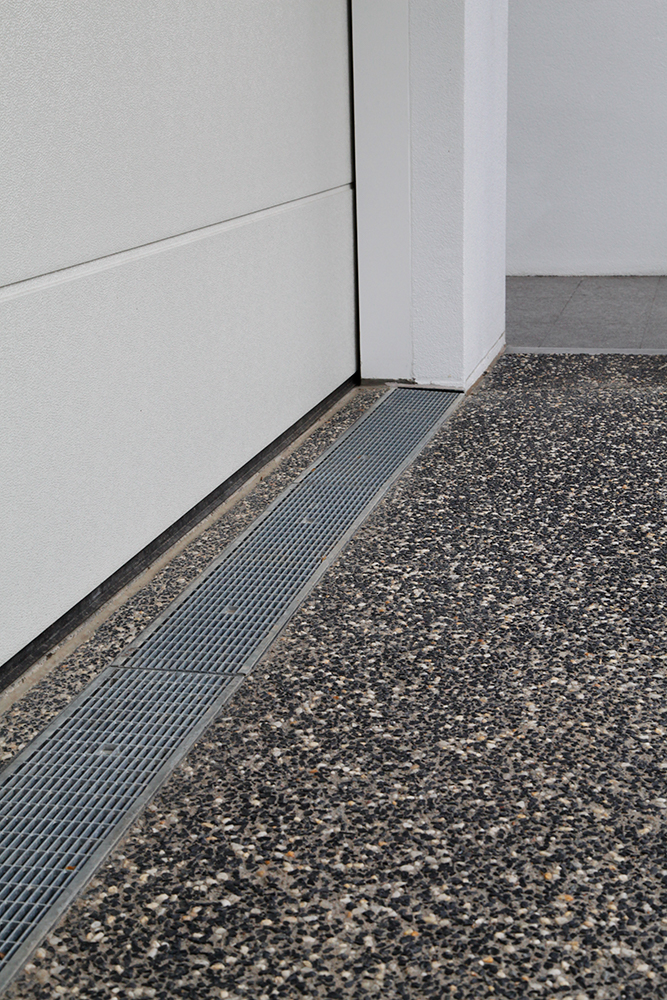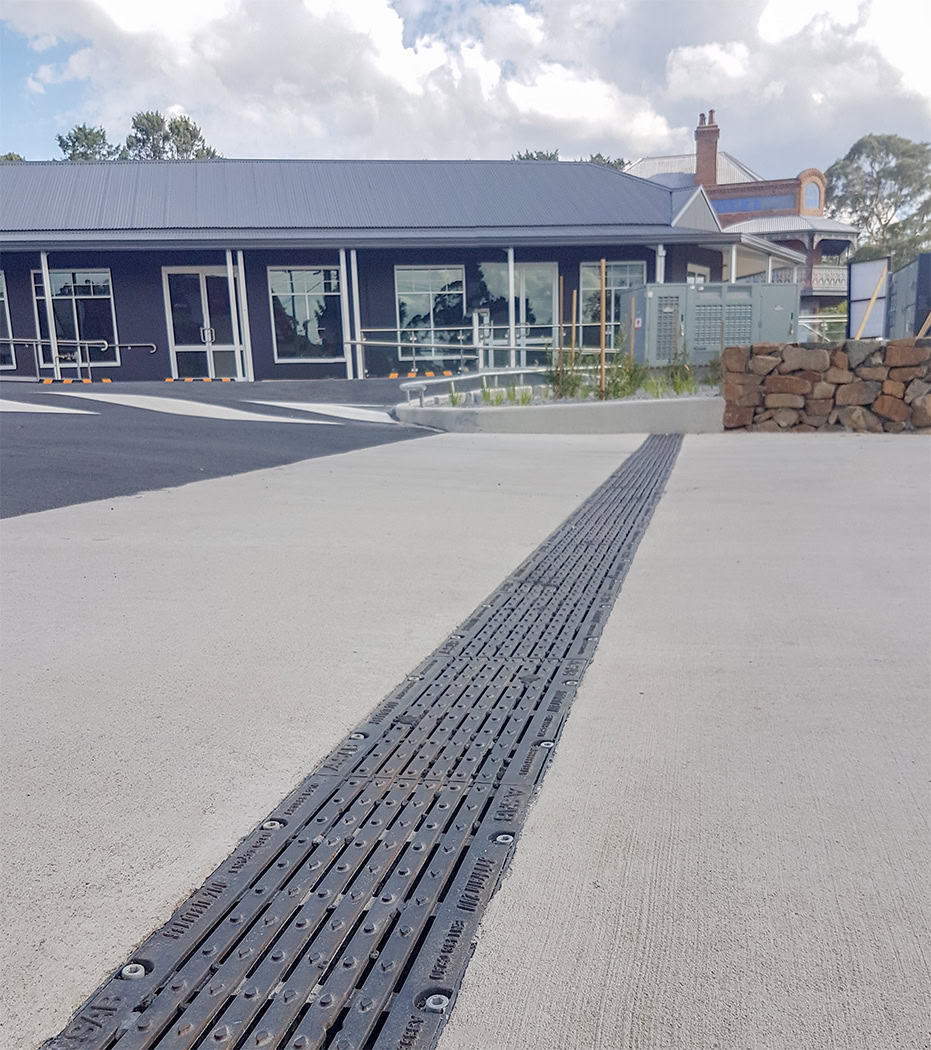Effective surface water drainage is crucial for preventing waterlogging, property damage, and environmental issues. In Australia, with its diverse climate and frequent extreme weather events, trench and channel drains provide a reliable and efficient solution for managing surface water. This guide will delve into the benefits, applications, and installation best practices of trench and channel drains.
Why Trench & Channel Drains Matter
Trench and channel drains are designed to collect and convey surface water efficiently, preventing pooling and erosion. They are particularly beneficial in areas prone to heavy rainfall or flooding. These systems are versatile and can be used in various settings, from residential driveways to commercial properties and public spaces.
Key Benefits of Trench & Channel Drains
- Effective Water ManagementTrench and channel drains quickly capture surface water, directing it away from buildings and high-traffic areas, reducing the risk of flooding and water damage.
- VersatilityThese drains can be installed in various locations, including driveways, patios, parking lots, pool decks, and along roadways. They are suitable for both residential and commercial applications.
- DurabilityMade from robust materials like concrete, plastic, or stainless steel, trench and channel drains are built to withstand harsh weather conditions and heavy loads.
- Aesthetic IntegrationModern trench and channel drains come in various designs and finishes, allowing them to blend seamlessly with the surrounding landscape and architecture.
Applications of Trench & Channel Drains
Residential Driveways & Patios
Trench drains are perfect for residential driveways and patios, where they efficiently handle runoff from rain and irrigation systems, preventing puddles and slippery surfaces.

SABdrain 601 installed in driveway 
SABdrain 901 installed in driveway
Commercial Parking Lots
Channel drains are essential in commercial parking lots to manage large volumes of surface water, ensuring safe and dry conditions for vehicles and pedestrians.

Swimming Pools & Sports Facilities
Around swimming pools and sports facilities, channel drains help keep the surfaces dry and safe, preventing slips and falls.
Best Practices for Installing Trench & Channel Drains
- Site Assessment & PlanningConduct a thorough site assessment to determine the best locationand type of drain needed. Consider factors such as the slope, water flow patterns and area required to be drained.
- Proper SizingEnsure the trench or channel drain is appropriately sized to handle the expected volume of water. Oversizing can be wasteful, while undersizing can lead to ineffective drainage.
- Quality MaterialsUse high quality materials suited to the application and climate conditions. In Australia, consider the heat, extreme weather & UV exposure. If installing near chlorine/saltwater this will also affect your choices.
- Correct InstallationFollow manufacturer guidelines and local regulations for the correct installation of trench and channel drains. Proper installation ensures the system functions effectively as has a long lifespan.
Trench and channel drains are an indispensable part of surface water management in Australia. Their effectiveness, versatility, and durability make them suitable for a wide range of applications, from residential properties to commercial and public spaces. By following best practices for installation and maintenance, you can ensure that your trench and channel drainage systems provide reliable performance and protect your property from water damage.
Implementing trench and channel drains not only addresses immediate water management needs but also contributes to the long-term sustainability and resilience of your property. Whether you're a homeowner, a business owner, or a municipal planner, understanding and utilizing these drainage solutions is key to managing Australia's diverse and challenging climate.
Implementing trench and channel drains not only addresses immediate water management needs but also contributes to the long-term sustainability and resilience of your property. Whether you're a homeowner, a business owner, or a municipal planner, understanding and utilizing these drainage solutions is key to managing Australia's diverse and challenging climate.